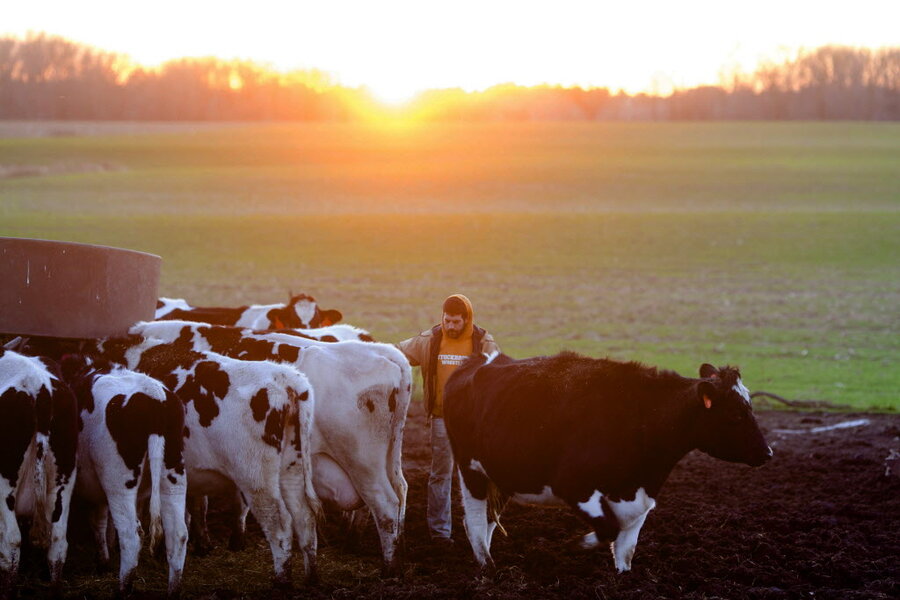Is antibiotic use for livestock losing its cache?
In the 1940s, a small group of scientists, Moore et al., discovered that adding antibiotics to animal feed would improve the animals’ rates of growth. Since, ranchers and farmers have been routinely administering antibiotics sub-therapeutically – or in doses too small to treat illness - to their livestock. According to The Pew Charitable Trusts, in 2011, the quantity of antibiotics sold for meat and poultry production in the U.S. was nearly four times greater than the quantity sold to treat sick Americans.
While widespread public alarm on this practice has only recently sounded, evidence has long suggested the human health risks associated with the sub-therapeutic use of antibiotics in food animals. In 1976, Dr. Stuart Levy and a team of researchers released a study that documented the impact of antibiotic use on farm chickens and farm workers. Though disputed at the time, significant research has since supported these findings. Several researchers today have linked the excessive use of antibiotics in livestock with the development of drug resistance in humans.
According to the Centers for Disease Control and Prevention, each year, antibiotic-resistant bacteria infect at least 2 million Americans, and at least 23,000 die from those infections.
In response to these growing concerns, many countries in the European Union and Canada have banned the sub-therapeutic use of antibiotics in livestock. In the U.S., however, it is estimated that 15-17 million pounds of antibiotics are used sub-therapeutically on food animals each year.
Concerned scientists, citizens, and public interest, health, and food safety organizations continue to rally for change in the U.S. livestock industry, and their efforts have gained traction among fast food chains and large producers across America.
Most recently, in response to a campaign initiated by over 50 groups, In-N-Out Burger announced its plan to phase out beef from cows treated with antibiotics.
This pledge follows the lead of other popular chains, such as Chipotle, Elevation Burger, Panera Bread, and Shake Shack, who have committed to sourcing and serving antibiotic-free meat.
In late 2015, Subway pledged to start selling antibiotic-free poultry at its U.S. restaurants in the coming year and to stop selling any meat from animals given antibiotics within the next nine years.
McDonald’s released a statement declaring that by 2017, it would “stop using antibiotics important to human medicine in chicken production” in its U.S. operations.
The increased demand for antibiotic-free meat has also incited a response from large suppliers. Last year, Tyson Foods, the largest U.S. poultry producer, pledged to eliminate the use of human antibiotics in its chicken flocks by September 2017.
Additionally, in 2015, California Governor, Jerry Brown, signed a bill that set the country’s strictest government standards for the use of antibiotics in livestock production. The bill, which will go into effect in 2018, will restrict the continued use of antibiotics for disease prevention and ban antibiotic use to force animal weight gain.
Despite this progress, Consumers Union, the policy and advocacy arm of Consumer Reports, along with five other organizations, recently released a report that graded top restaurants on their meat and poultry antibiotic policies. Unfortunately, the report concluded that 20 of the 25 top restaurant chains in the U.S. have made no meaningful commitment to limit antibiotic use. These findings indicate the long road ahead.
This article first appeared in Food Tank.






